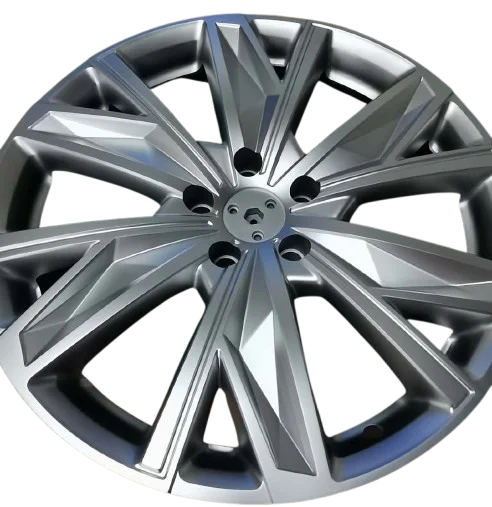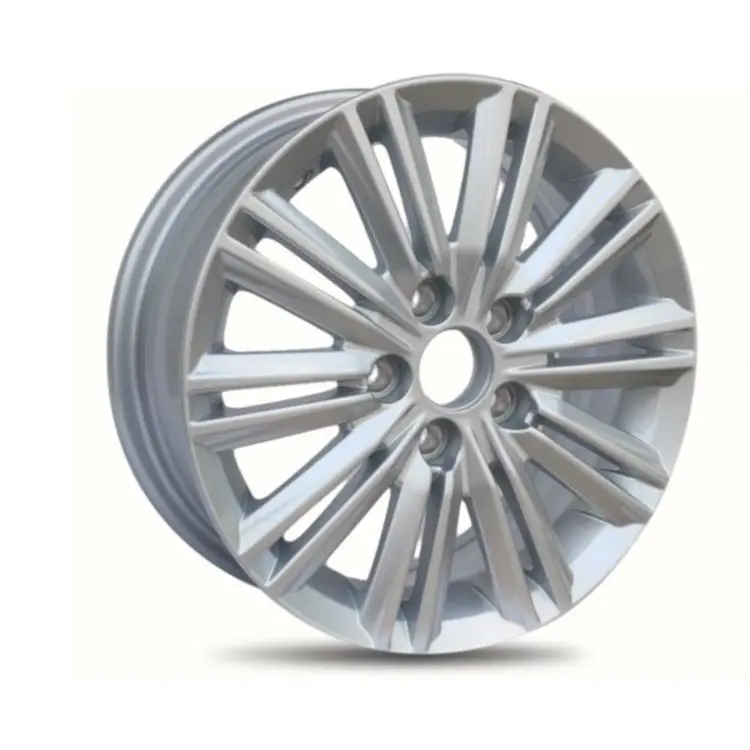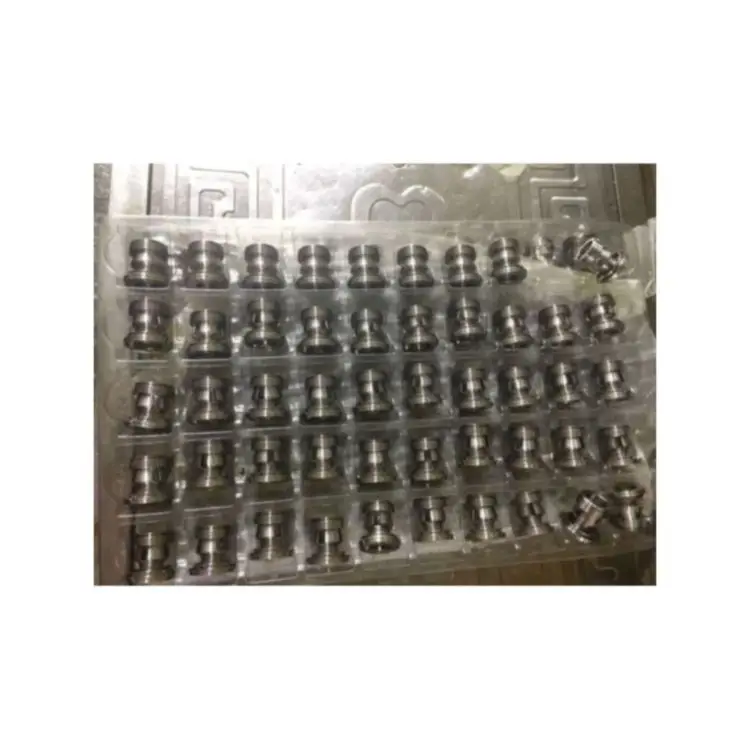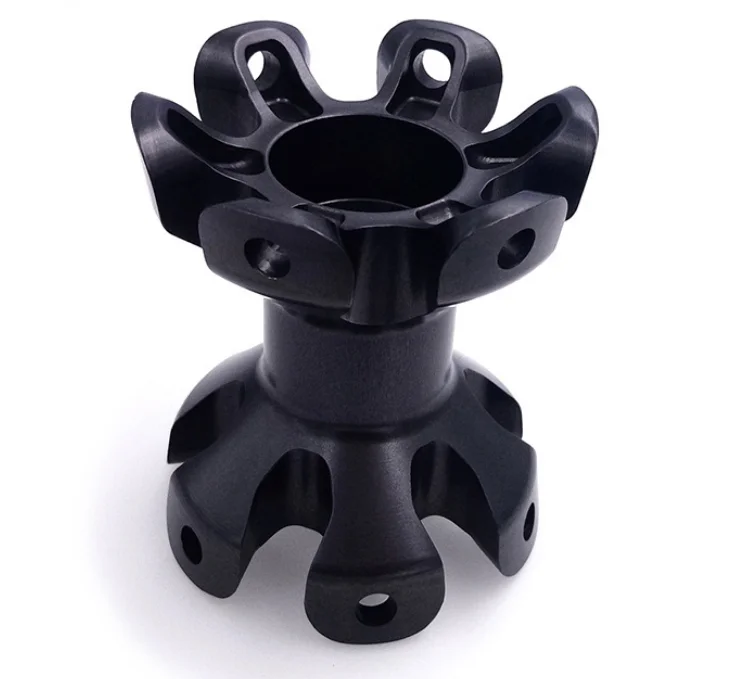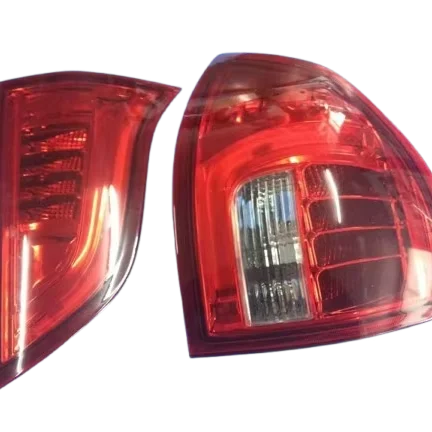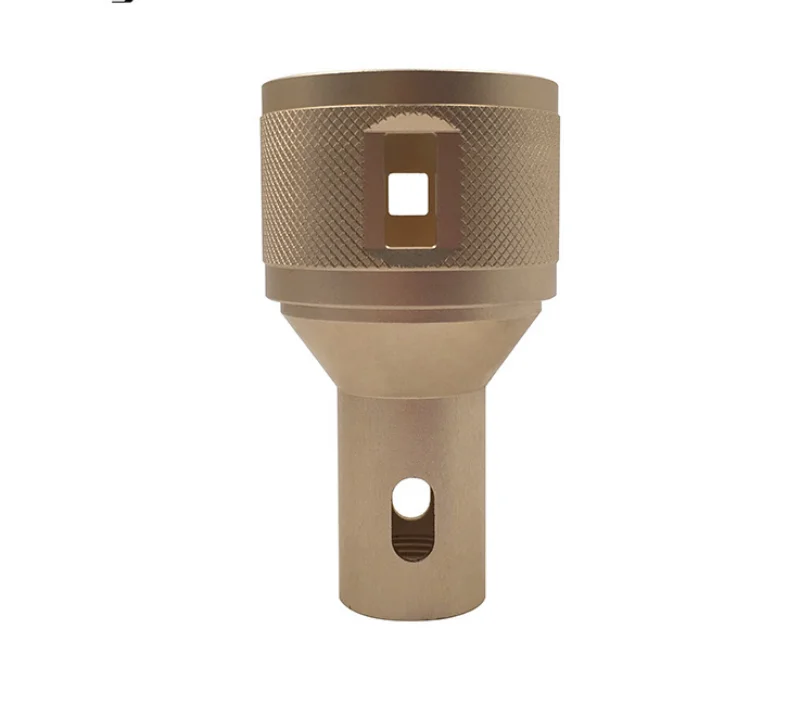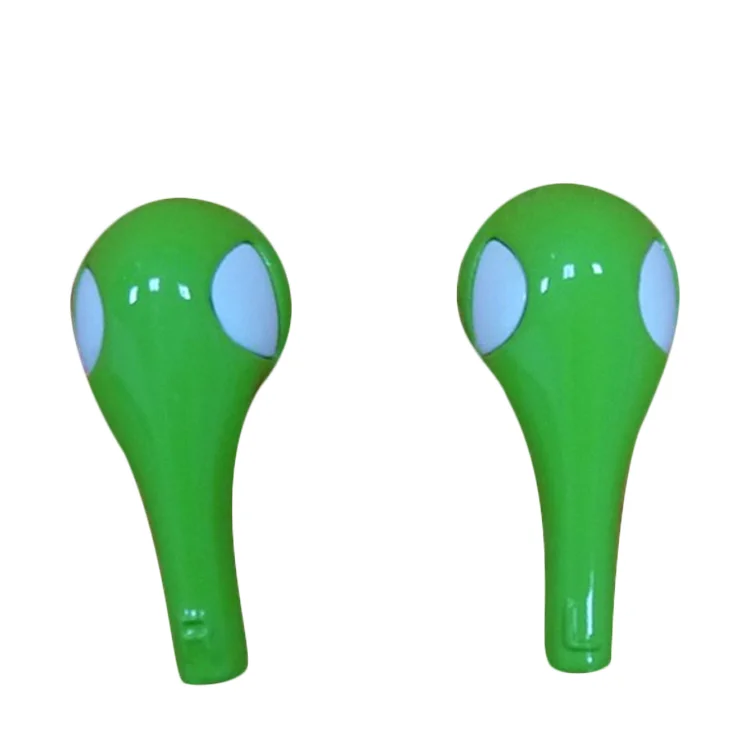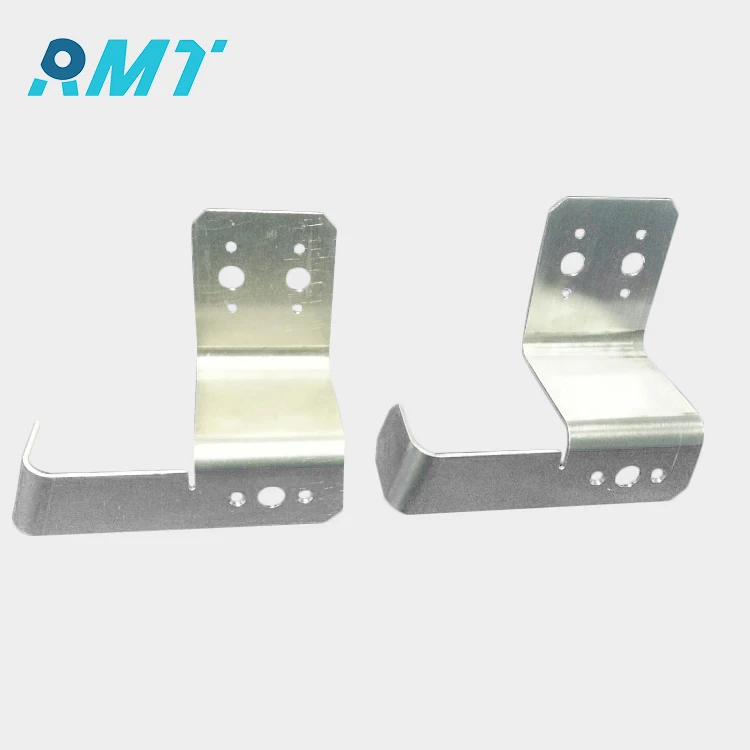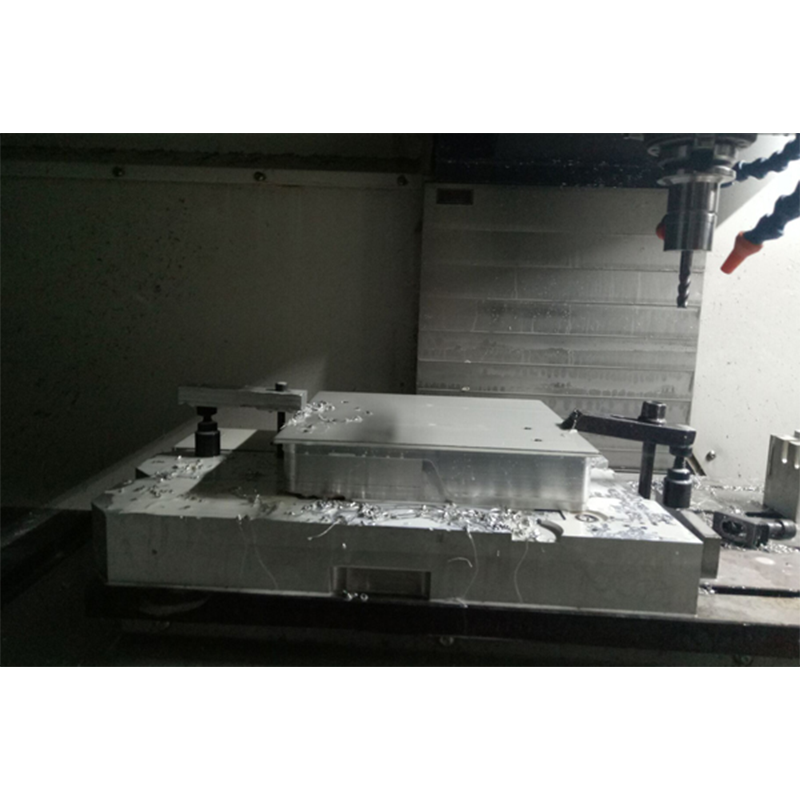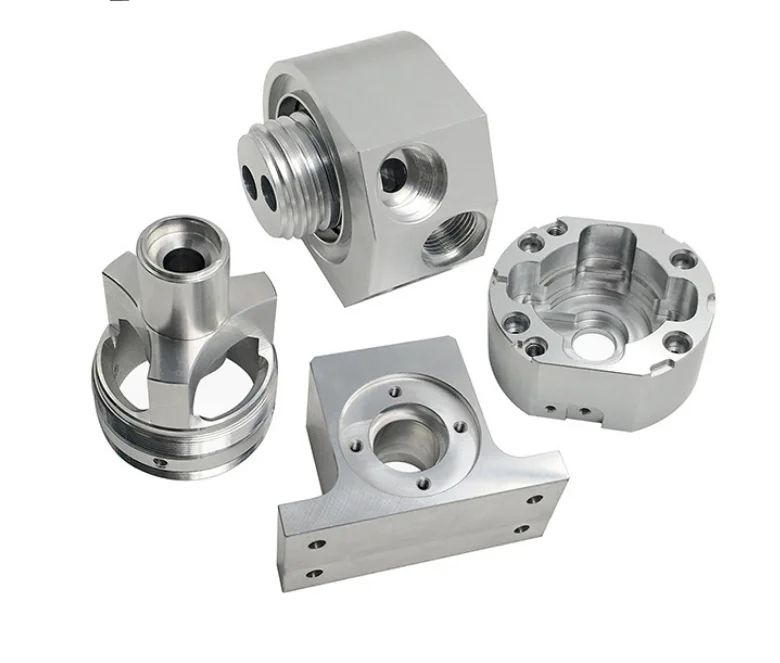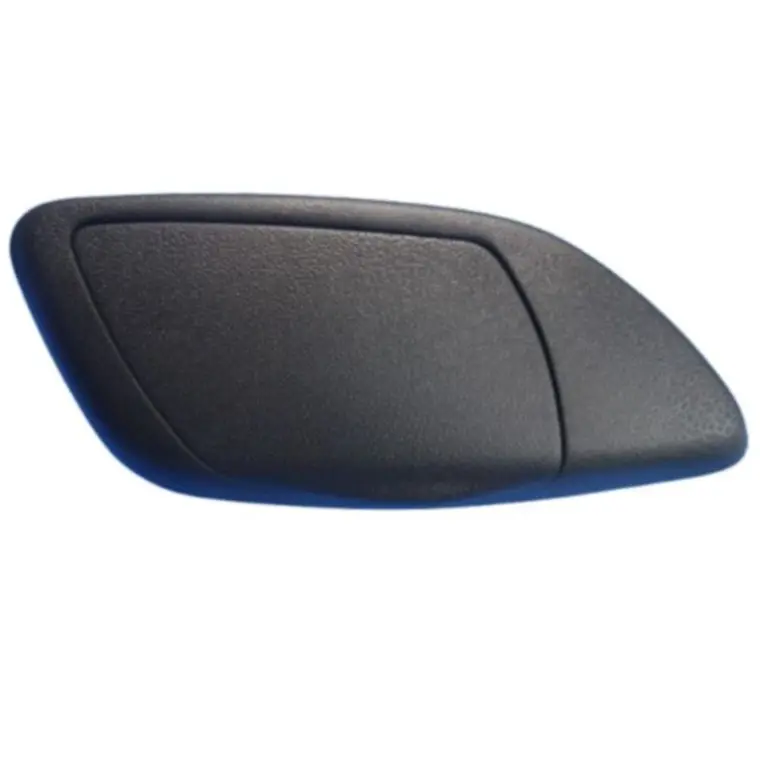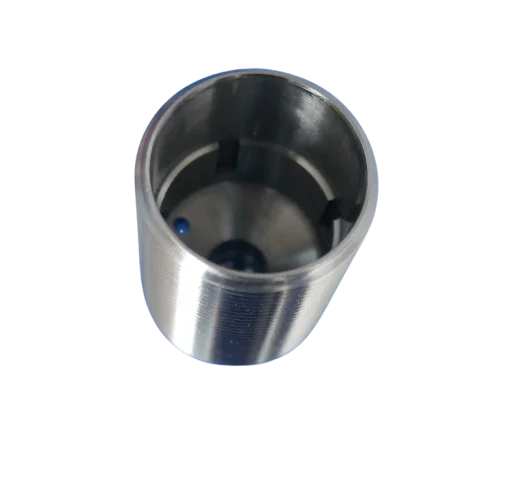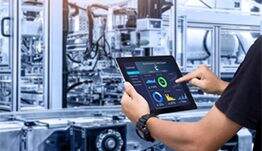How CNC Machining Enhances Product Quality
Precision and Accuracy: Core of CNC Machining Quality
Eliminating Human Error Through Automation
CNC machining benefits greatly from automation when it comes to cutting down on mistakes made by people working long hours or making calculation slips. When shops install things like robotic arms and automatic tool changers, they get much more consistent parts coming off the line since these machines don't tire or misread measurements. Studies indicate that switching to automated methods cuts defects nearly in half according to some industry reports we've seen recently. Fewer errors means better quality control across the board for manufacturers. With automation handling most of the heavy lifting, precision work with sheet metal becomes possible at scale, so every product ends up matching what was originally planned pretty accurately most of the time.
Achieving Micron-Level Tolerances Consistently
CNC machines can hit tolerances down to the micron level, which is pretty much essential for industries needing super accurate work, think aerospace stuff and medical devices. Laser calibration tech has made keeping those tight tolerances much easier over time, so manufacturers stay on track with their precision requirements most of the time. Some industry folks say that sticking to these close tolerances cuts down on rework costs around 30% give or take, according to what they've seen in practice. This kind of precision really helps move things forward in areas like making car parts, where components need to fit together just right. Getting down to those tiny measurements doesn't just satisfy strict industry standards either it opens up new possibilities for quick prototype development in all sorts of different fields too.
Advanced Technologies Driving Quality Improvements
Multi-Axis Machining for Complex Geometries
What makes multi axis machining so special? Well, it lets manufacturers produce really complicated shapes and detailed designs that just aren't possible with older techniques. The machine moves along several axes at once, which cuts down on how many times workers have to set up the equipment and gives much better accuracy overall. Fewer setup changes means faster work and fewer mistakes during production. Some studies show factories that switch to this method often see their production speeds jump around 35-40%, which translates into more goods coming off the line and higher quality end products. For companies making things like engine components or aircraft parts where even tiny errors matter a lot, investing in multi axis technology pays off big time. These machines handle all those tight tolerances and complicated curves that regular machines simply can't manage.
Smart Software Integration in Precision Sheet Metal Fabrication
When smart software gets integrated into CNC systems, it's basically game changing for sheet metal work. The new systems come packed with features that analyze data on the fly and spot errors before they become problems, so operators can tweak things right away to get better results. Software takes care of optimizing those cutting paths automatically and adjusts various parameters during operation, which means parts come out both faster and higher quality than ever before. Some industry experts have actually seen productivity jump around 25 percent when these systems are properly implemented, plus there's noticeably less scrap material going to waste. What really matters though is how consistently good the end products turn out batch after batch. For industries where even tiny deviations matter a lot, like when making prototypes quickly or producing intricate components, this kind of reliability makes all the difference between success and costly rework.
Quality Control Measures in CNC Processes
Real-Time Process Monitoring Systems
Monitoring systems that work in real time are essential for making CNC machining both more accurate and efficient. They constantly check what's happening during operations so operators can tweak things right away if something goes off track. When problems show up early thanks to these monitoring tools, it cuts down on expensive mistakes before they happen. Some research shows factories that implement this kind of system often see around a 20% drop in downtime, which means better productivity while still keeping product quality consistent. Less downtime translates into more goods being made, and generally speaking, everyone involved tends to be happier with how the whole production line runs day after day.
Post-Production Inspection Protocols
Checking parts after they come off the CNC machine is really important for making sure everything meets quality standards before shipping out. Inspectors usually grab calipers, micrometers, and do careful visual exams looking for anything off. When manufacturers put serious effort into these checks, quality control improves around 30% according to industry data. The numbers back this up time and again showing how essential those extra minutes spent inspecting actually are. Getting rid of defective items at this stage means customers get exactly what they ordered, which keeps them happy and cuts down on returns that nobody wants to deal with.
CNC-Machined Automotive Parts: Industry Applications
OEM Custom Processing for High-Performance Automotive Components
More and more original equipment manufacturers are turning to CNC machining when they need to process high performance components with exacting specifications. The precision these machines offer makes all the difference for automotive efficiency, since it means creating parts that actually hold up under the real world stress that today's cars put them through. When combined with better materials and smarter design approaches, CNC machining really does boost how well vehicles perform overall. Some tests show that parts made on custom CNC mills can actually make cars run better and last longer because engineers can tweak dimensions exactly how they want for particular performance targets. If anyone wants to see what this looks like in practice, RMT Products offers an OEM grade CNC five axis machining service specifically for custom automotive parts processing.
Five-Axis Machined Passenger Car Rims
The five axis machining process is changing how passenger car rims get made, enabling manufacturers to produce intricate designs that look better while actually working harder too. With this cutting edge method, there's no longer a need for all those extra adjustments after production completes. Quality gets better across the board, and we see real improvements in how long the rims last and how well they perform under stress. Looking at what's happening in the market right now, cars fitted with five axis machined rims tend to stand out for their toughness and practical advantages. Both everyday drivers and factory floor managers notice these differences over time. Companies offering specialized parts like metal plastic wheels continue to expand their capabilities as demand grows for components that combine form with function.
Precision Brass Mechanical Parts for Vehicle Systems
Making precision brass mechanical parts using CNC machining plays a big role in making vehicle systems more reliable over time. When parts fit together exactly as they should, vehicles run smoother and last longer before needing repairs. This matters a lot in cars and trucks where even small tolerances can affect performance. Some field tests show that well-engineered brass components reduce the need for regular maintenance checks, which means fewer breakdowns down the road. For manufacturers looking at long term costs, investing in accurate CNC machining for brass parts makes sense economically as well as mechanically. Companies like RMT offer custom solutions that balance quality with cost effectiveness, helping automotive engineers get the most out of their designs without breaking budgets.
Titanium Alloy Solutions for Lightweight Automotive Designs
Titanium alloys play a major role in creating lighter automotive components while still maintaining necessary structural integrity. When used in CNC machining processes, these materials offer real advantages for car manufacturers trying to cut down overall vehicle weight. Some studies suggest that vehicles incorporating titanium can see around a 10-15% improvement in fuel economy compared to traditional steel alternatives. This makes them increasingly popular among automakers looking to meet stricter emissions standards without sacrificing performance characteristics. For those interested in seeing how these advanced materials work in practice, many shops now specialize in producing custom parts from both aluminum and titanium alloys tailored specifically for automotive applications.
Black Oxide-Coated Aluminum Alloy Robotics Components
Aluminum alloys treated with black oxide coatings look better and resist rust much longer than untreated surfaces, which is important for robotic parts that need to maintain both function and appearance over time. When manufacturers use CNC machining techniques, they get pretty consistent coating application across all components, resulting in predictable performance from batch to batch. Real world experience shows that robots built with these coated parts tend to last significantly longer before needing replacement, especially in environments where moisture or chemicals might otherwise cause problems. For those interested in seeing how this works in practice, many companies offer specialized aluminum components designed specifically for robotic applications.

 EN
EN
 AR
AR
 BG
BG
 HR
HR
 CS
CS
 DA
DA
 NL
NL
 FI
FI
 FR
FR
 DE
DE
 EL
EL
 IT
IT
 JA
JA
 KO
KO
 NO
NO
 PL
PL
 PT
PT
 RO
RO
 RU
RU
 ES
ES
 SV
SV
 IW
IW
 LV
LV
 SR
SR
 SK
SK
 UK
UK
 GL
GL
 HU
HU
 TH
TH
 TR
TR
 FA
FA
 GA
GA
 CY
CY
 EU
EU
 BN
BN
 BS
BS
 LA
LA
 NE
NE
 SO
SO
 KK
KK
